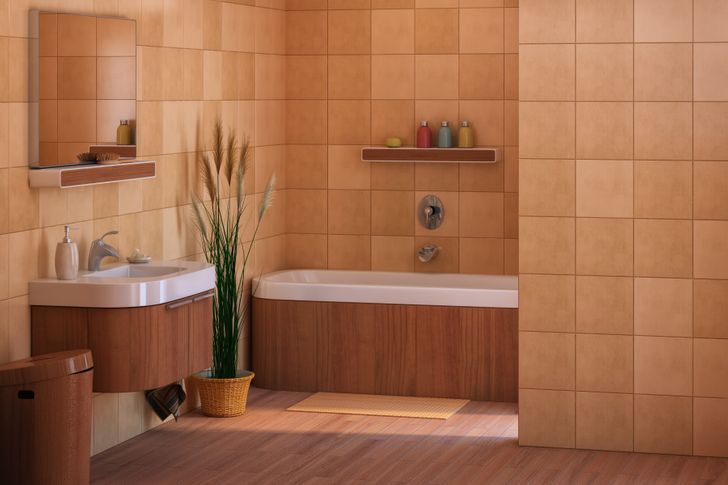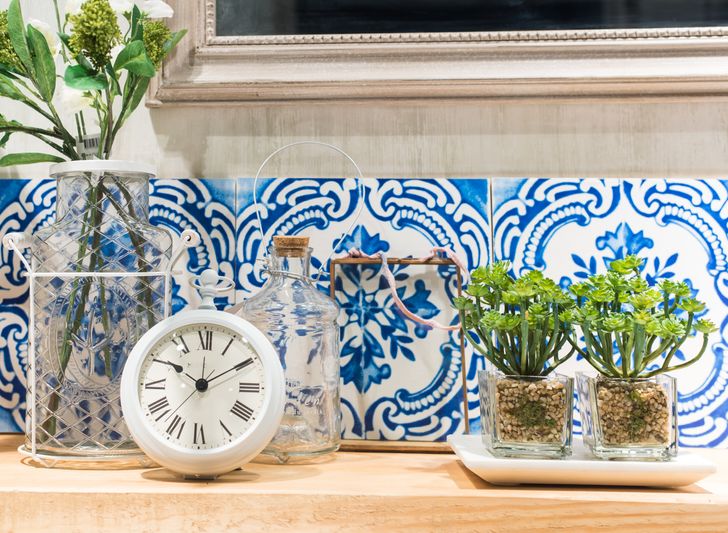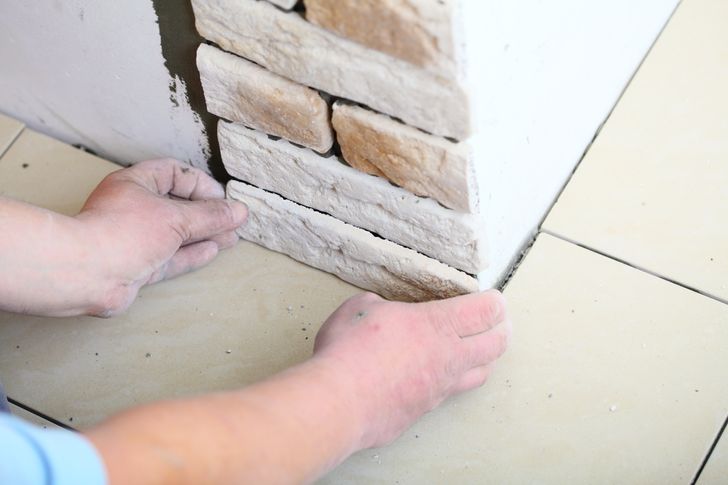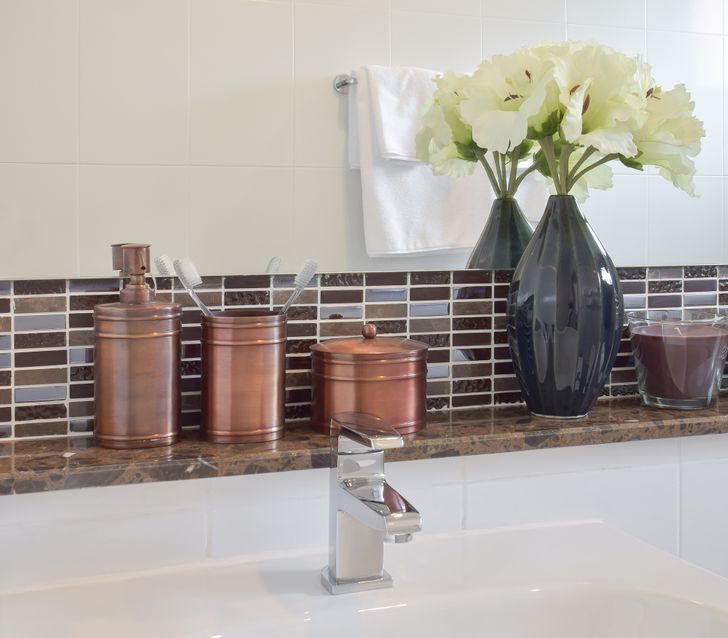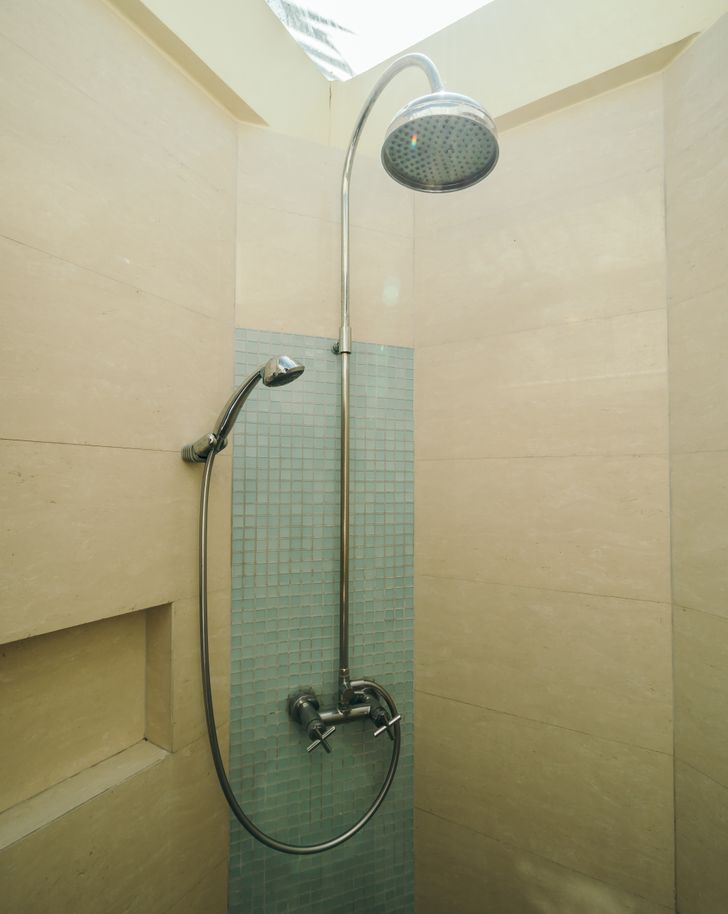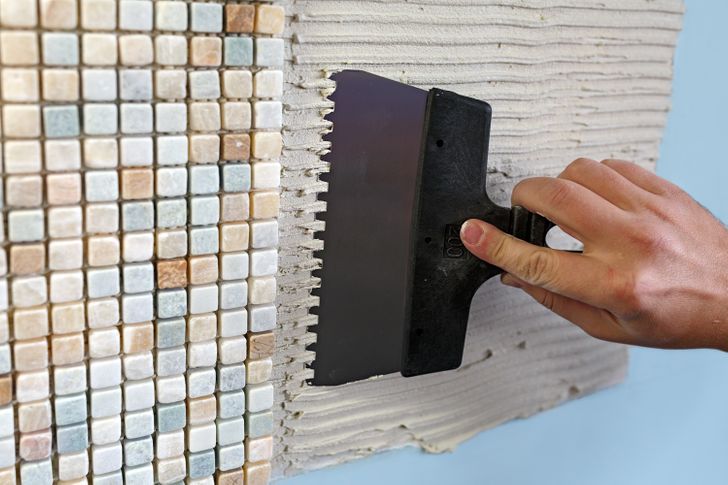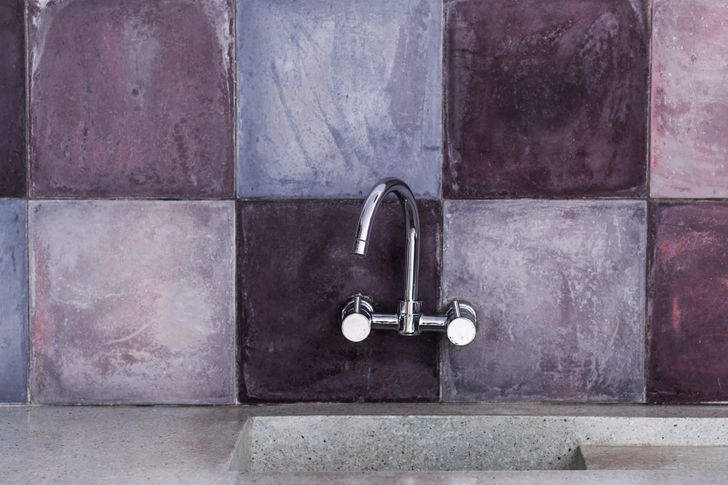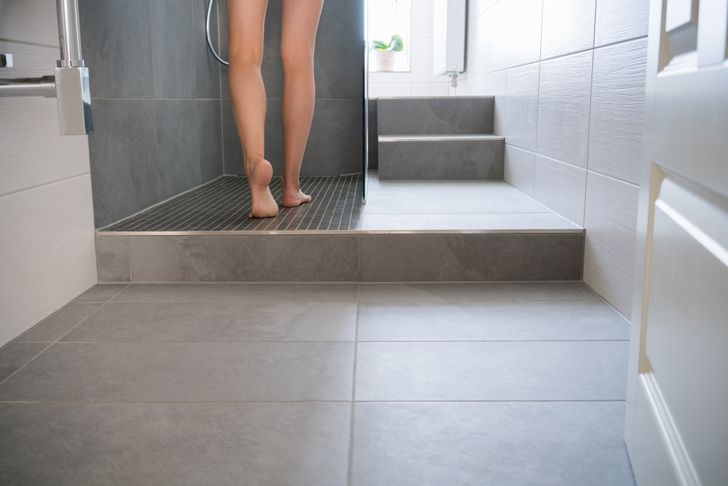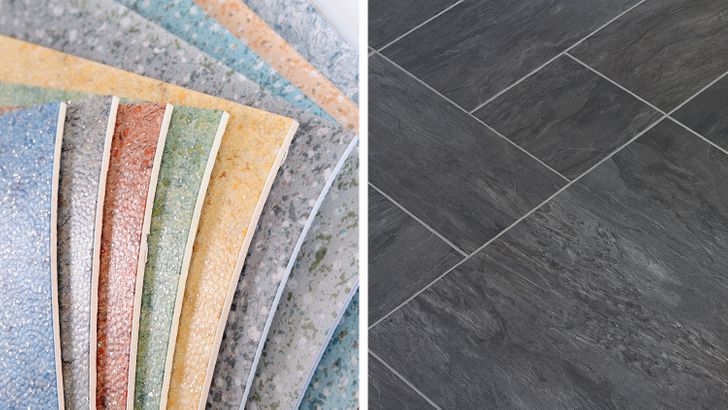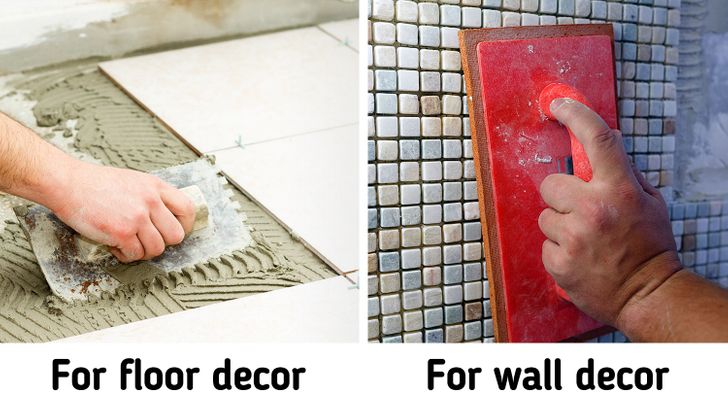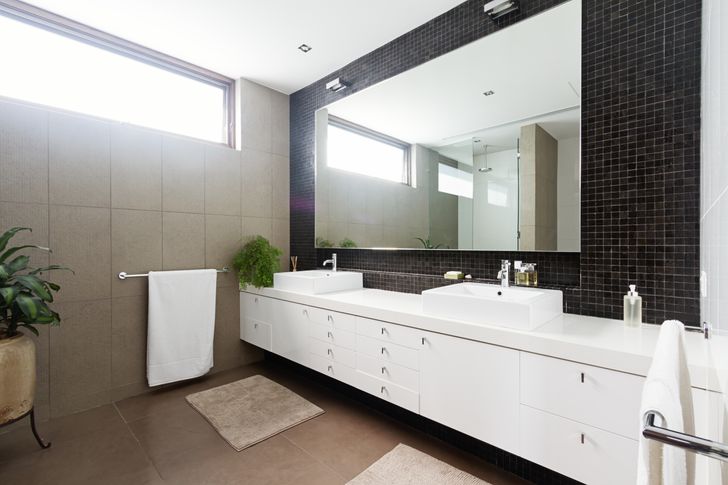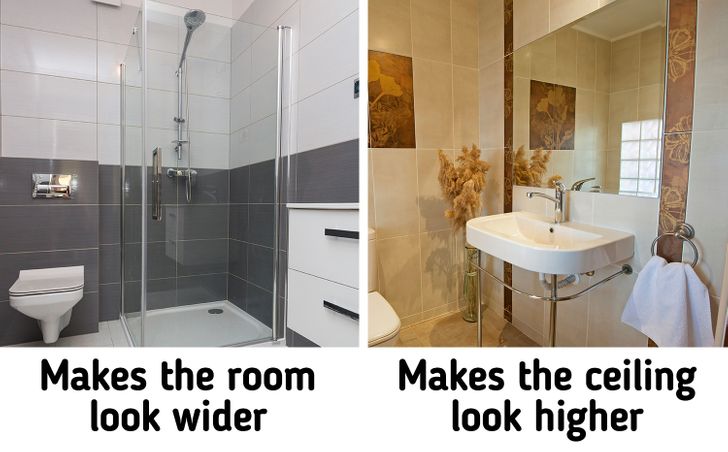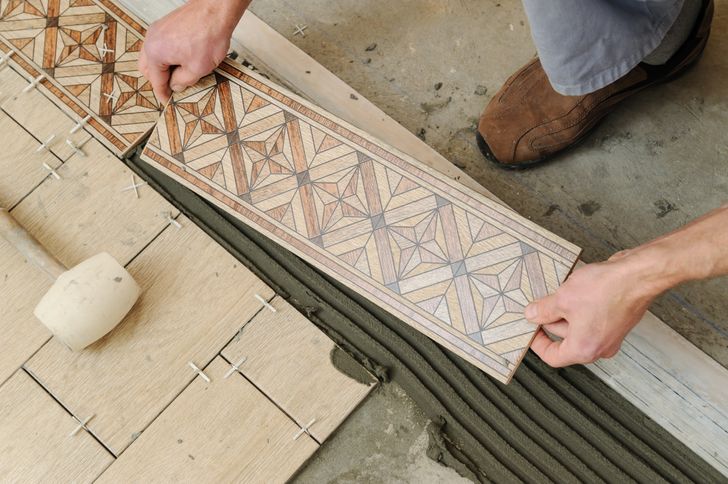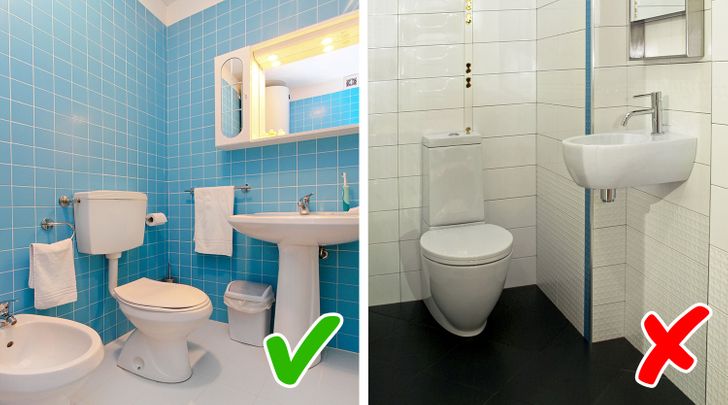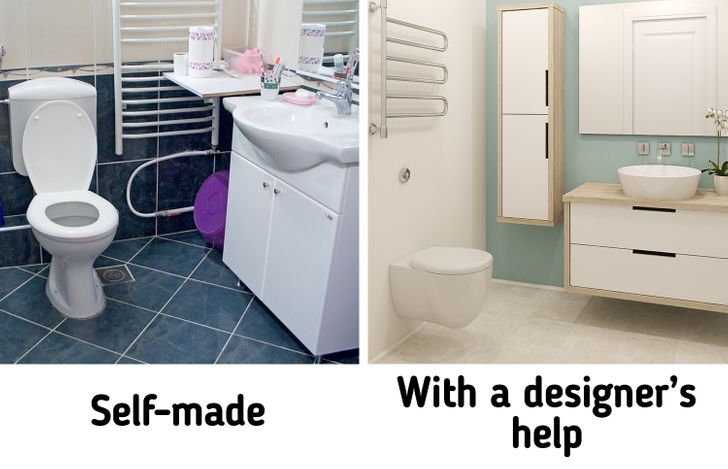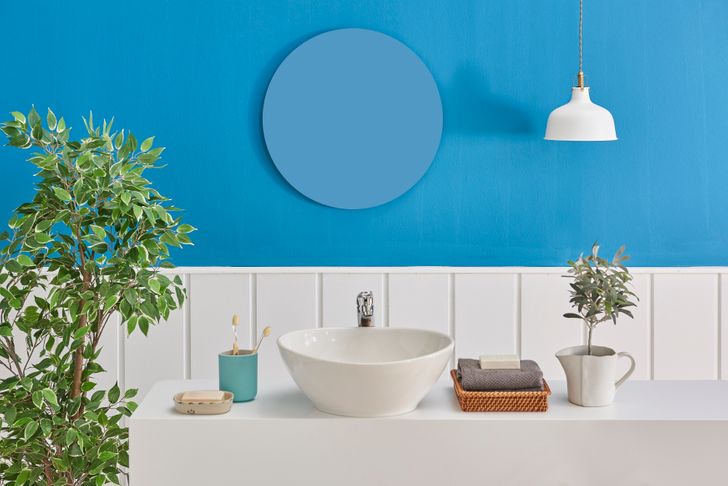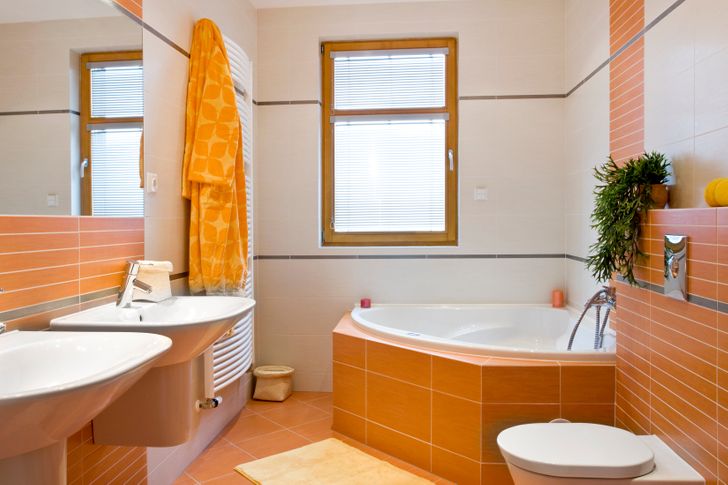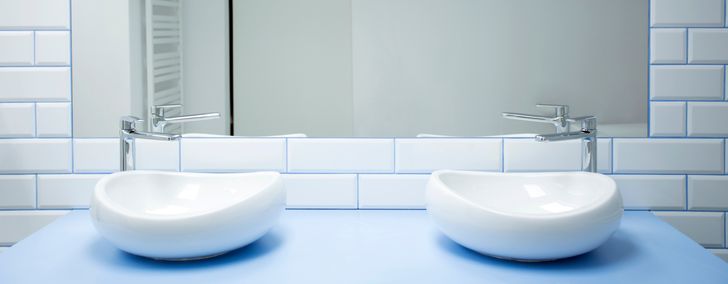How to Choose Bathroom Tiles
Bathroom renovations are not always expensive if you plan everything ahead. But many people make the same mistakes. For instance, they choose tiles only in accordance with their looks, while it’s quite useful to take into account several other factors, including the thickness of the walls and even everyday habits of the residents.
5-Minute Crafts will tell you what you need to take into account when choosing bathroom tiles.
Ceramic tile
People choose ceramic tiles for bathroom decor most often because they’re affordable and come in a variety of sizes, colors, and textures. This tile is made of a mixture of clay and sand, which is fired and glazed. It can be matte, semi-matte, or glossy and comes in a variety of patterns.
Tip: Ordinary tiles are great for walls, but it’s better to choose porcelain stoneware of the same design and color for the floor. It’s more durable and shock-resistant.
Maiolica
This is also ceramic tile, but the colors are applied to the unfired glaze. Due to the complex manufacturing process, it’s several times more expensive than regular tile and requires special care when laying.
Tip: To avoid a gaudy look in the bathroom, it’s better to decorate only a specific zone with maiolica.
Clinker tile
Just like clinker brick, it’s made of compacted clay that is fired at a very high temperature. The resulting material is wear-resistant, eco-friendly, and expensive. Such tiles can be smooth, rough, or glazed. They give the space a noble look, keep their color for their entire lifespan, and have minimal water absorption.
Tip: For the bathroom, it’s better to choose clinker tiles with a thickness of at least 8 mm. To make their lifespan longer, use them for wall decoration.
Ceramic mosaic
It’s manufactured in the same way as regular ceramic tile, but it has a smaller size and the process of laying the small mosaic chips, which are conveniently on a sheet or grid, makes it easier to fix on the wall.
Tip: Don’t decorate the entire surface of the walls with this tile. It looks beautiful if you use the mosaic style for a certain pattern or composition.
Glass mosaic
It’s the alloy of silica sand with various additives and components. This material is much more durable than ordinary glass.
There are 2 types of glass mosaics:
- Mirror mosaic levels the walls due to tricks under the light.
- Smalto mosaic is perfect for assembling individual colorful panels.
Stone mosaic
This type of tile can be divided into 2 categories:
- There’s a natural stone mosaic, which consists of pebbles, marble, jasper, sandstone, tuff, or other materials. When choosing a stone, you should bear in mind that not all natural stones are resistant to moisture nor do they match each other.
- Synthetic granite mosaic is made of broken glass mixed with granite or marble dust.
Natural stone pile
It’s made of marble, granite, slate, or sandstone. Each material has its own characteristics, so it’s not recommended to combine different stones with each other.
Tip: Natural stone tile can be quite heavy for thin walls, so it’s recommended to use it only for horizontal surfaces.
Porcelain stoneware
This is an artificial finishing material that imitates natural stone or wood most often. It is durable and strong, but due to its heavy weight, experts recommend decorating floors with it.
Vinyl tiles and panels
This material is quite durable, and it’s suitable as a quick, inexpensive design option. Vinyl is not cold and is generally pleasant to the touch. It keeps the room warm and dries quickly. There are 2 types of such tiles:
- PVC panels or PVC tiles are made of polyvinyl chloride, a lightweight and durable polymer material.
- Quartz vinyl tile differs in that the polyvinyl chloride in its composition is smaller due to the addition of quartz sand, so this tile is more durable and hard.
Tile sizes
The size of tiles affects the visual perception of the room — large tiles visually reduce a small bathroom, while small tiles in a large room make the interior appear too dazzling.
An excellent result can be achieved by combining tiles of different sizes. For example, mosaics look spectacular when a certain bathroom zone is decorated with it while the remaining walls are decorated with the plain tile.
Tip: If you have a big panel with the appearance of small tiles on it, take a close look at the edges of the panel. If they’re uneven, it will be difficult to make narrow grout lines, and the end result will look untidy.
Tiling layouts
If you work with rectangular tiles, it’s good to understand beforehand how vertical and horizontal layouts will change the look of your room. For example, a low ceiling can be “raised” by using the tiles vertically. The length of the walls will be visually decreased, however. And vice versa: a high ceiling will look lower if the tiles are used horizontally, but the room will seem more spacious.
The width of grout lines
Knowing the distance between tiles does more than help you calculate the correct amount of consumables. For example, wide seams look good with tiles that have complex textures or unusual patterns, especially if you choose a contrasting grout. If the tile imitates natural stone or wood, the seams should be as narrow as possible.
Tile color and texture
One of the most common mistakes is using incorrect colors and textures of tiles. Here are some simple tips to follow:
- To make the room look spacious, the tiles should be in light, warm hues. A dark floor combined with light walls is an outdated trend.
- Cold hues should be blended with warm ones, otherwise, it will be uncomfortable to stay in the bathroom.
- Smooth glazed tiles, even with anti-slip coating, can get slippery when wet, so use them only on walls.
Those who are fond of minimalism are recommended to choose bathroom materials of different colors and textures, otherwise, the room will look too “sterile” and uncomfortable. And vice versa: if the bathroom has bright colorful walls, the furniture, textiles, and accessories should be of the same color and hue, otherwise, the interior will be too dazzling. That’s why, if possible, bathroom renovations should be planned with the help of a professional designer.
Useful hacks
- Use tile to cover only certain parts of the room. For example, half of the wall can be covered with decorative plaster or simple paint, while the areas that come into direct contact with water can be tiled.
- Use tiles of different sizes and colors to highlight specific areas in your bathroom. Some people save money this way by buying leftover tiles at sales.
- Plain tiles will look completely different if you add a bright dye to regular grout.
